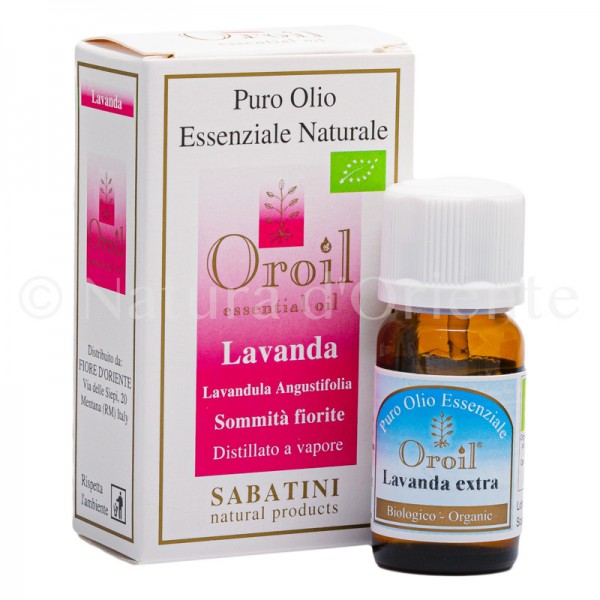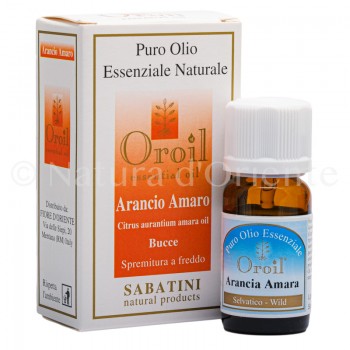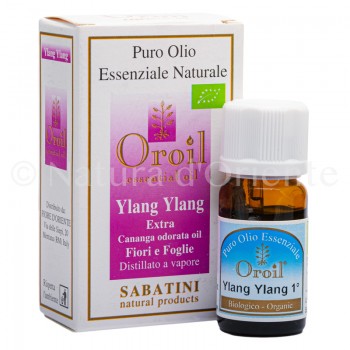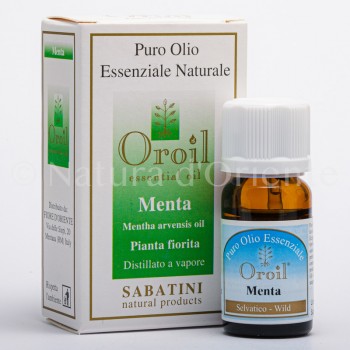Lavender essential oil is essentially a central nervous system depressant, therefore it boasts analgesic and relaxing, but also antispasmodic properties.
The plant and the production of essential oil
Lavandula angustifolia is a plant of the Lamiaceae family, the common name is officinal lavender or true lavender. There are various species belonging to the genus lavundula, about forty plus a dozen hybrids. All have a bush or shrub development, all have spike inflorescence with blue/purple flowers, the term angustifolia in the scientific name of this species alludes to the characteristic that distinguishes it from other species: narrow leaves. While officinalis and vera in the common names suggest that this is the species that has always been appreciated for its properties from which essential oil is obtained. It is a plant native to the Mediterranean basin that prefers dry and stony soils. When the plant grows up to the appearance of a shrub, the upper part of the branches is the one that remains green and which bears the inflorescences and from these the essential oil is obtained through the method of steam distillation. A historical curiosity: lavandula derives from the gerund of the Latin verb to wash, because it was customary to put it in the bath water.
Properties of lavender essential oil
As mentioned, lavender is especially appreciated for its calming properties, whether they are psychic or pain-relieving. The mechanism of action from the chemical point of view has not yet been fully studied but it would seem to act like certain benzodiazepines which have anxiolytic and sedative properties and as such used in the treatment of insomnia but also anticonvulsants.
Given the action on the nervous system, it will come as no surprise that lavender essential oil has also shown marked pain-relieving properties, according to some studies by acting on pain receptors in a similar way to opioids.
Lavender essential oil is also attributed antimicrobial properties but as we have repeatedly written this is a characteristic of all essential oils, not one of its peculiarities and certainly in this respect other oils essential are more effective. Topical use of lavender essential oil Given what is written in the properties, it will come as no surprise that lavender essential oil is used above all in aromatherapy, but there is no lack of uses in the field of skin care and even more as a remedy for the discomfort caused by insects. In fact, for this purpose there are products on the market based on lavender essential oil.
We have talked about antispasmodic properties but to benefit from them at the intestinal level it should be used internally which is generally not recommended for lavender essential oil and should only be done on the advice of a professional. On the other hand, skin applications both as a soothing for bites and for pain-relieving massages for the muscles are well tolerated and the essential oil can be added as usual to a vector oil, but also to a gel based on aloe vera or even clay for masks.
Pure lavender essential oil in aromatherapy
In aromatherapy, lavender essential oil is one of the most popular essences. The methods of diffusion are the usual, the appropriate diffusers or even just the humidifier trays of the radiators. As we have said, the properties on the psyche are calming, therefore lavender-based aromatherapy is used to promote sleep, but also to promote relaxation and concentration and fight stress. As with other essential oils used for the same purpose, if the aim is to promote rest, an alternative to environmental diffusion is to pour a few drops on a handkerchief to place near you when you go to bed.



 By buying this product you can collect up to
By buying this product you can collect up to















